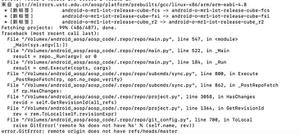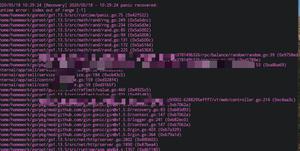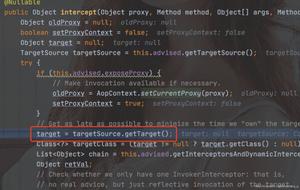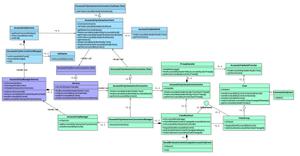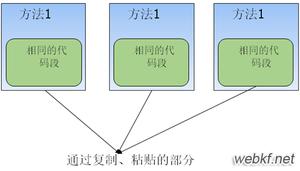如何理解Integer.parseInt源码?

今天在研究Java中Integer.parseInt的源码时,对于int multmin = limit / radix;这一句代码不太理解,请教一下为什么通过 result < multmin可以判断是否越界?
参考资料:https://www.jianshu.com/p/da80a793dd57
public static int parseInt(String s, int radix) throws NumberFormatException
{
/*
* WARNING: This method may be invoked early during VM initialization
* before IntegerCache is initialized. Care must be taken to not use
* the valueOf method.
*/
if (s == null) {
throw new NumberFormatException("Cannot parse null string");
}
if (radix < Character.MIN_RADIX) {
throw new NumberFormatException("radix " + radix +
" less than Character.MIN_RADIX");
}
if (radix > Character.MAX_RADIX) {
throw new NumberFormatException("radix " + radix +
" greater than Character.MAX_RADIX");
}
boolean negative = false;
int i = 0, len = s.length();
int limit = -Integer.MAX_VALUE;
if (len > 0) {
char firstChar = s.charAt(0);
if (firstChar < '0') { // Possible leading "+" or "-"
if (firstChar == '-') {
negative = true;
limit = Integer.MIN_VALUE;
} else if (firstChar != '+') {
throw NumberFormatException.forInputString(s, radix);
}
if (len == 1) { // Cannot have lone "+" or "-"
throw NumberFormatException.forInputString(s, radix);
}
i++;
}
int multmin = limit / radix;
int result = 0;
while (i < len) {
// Accumulating negatively avoids surprises near MAX_VALUE
int digit = Character.digit(s.charAt(i++), radix);
if (digit < 0 || result < multmin) {
throw NumberFormatException.forInputString(s, radix);
}
result *= radix;
if (result < limit + digit) {
throw NumberFormatException.forInputString(s, radix);
}
result -= digit;
}
return negative ? result : -result;
} else {
throw NumberFormatException.forInputString(s, radix);
}
}
回答:
它在循环中计算的数值的负绝对值,就是 -|value| ,而不是 |value| 。也就是说,如果输入是 "3" ,那个求出的 result 是 -3 。最后通过 negative ? result : -result; 把正数的符号反过来。limit 是一个很小的负数。因为整形能表示的负数比正数多,有一个负数的绝对值在整数中是不能表示的。但是 -|value| 总是可以表示的。
于是,由于 mulmin = limit / radix,如果 result < multin ,那么 result * radix (如果忽略溢出的话) < limit 。就是说 result * radix 会溢出。
于是,溢出判断原理上应该是 result - digit < limit 。但是实际程序中,如果溢出,那么 result - digit 就溢出了,这个判断得不到期望的结果。那么就换了另一个等价的计算过程中不会溢出的判断:result < limit + digit 。
回答:
int multmin = limit / radix;
上面这步是最小限制数值除以进制radix,得到multmin
如果result < multmin,那么在往下执行时,代码为result *= radix;
即result = result * radix因为result已经小于multmin,也就是
result<(limit / radix) * radix,也就是result < limit了,就发生越界了。
以上是 如何理解Integer.parseInt源码? 的全部内容, 来源链接: utcz.com/p/945496.html


